The truth behind “grass-fed”- and what to look for instead.
We all want to eat better. And labels like grass-fed feel like a step in the right direction—ethical, healthy, natural.
But here’s the thing… in Australia, that label doesn’t mean what most people think.
There’s no legal requirement for how much grass an animal must eat—or for how long—to be called “grass-fed.” If the animal ate grass at any point in its life, even just once, it can wear the label.
It might have lived in a feedlot for months, standing in mud and eating grain, then been given a quick patch of pasture just before processing. That’s not transparency. That’s marketing. And with more Aussies willing to pay a premium for what they think is ethical meat, the industry has jumped at the chance. But behind the scenes? Greenwashing is everywhere.
📊 According to Australian Organic, 1 in 3 Aussie shoppers say they’ve been misled by “eco” labels.
📉 The ACCC found 57% of food & drink brands making environmental claims had no evidence to back them up.
🌱 Meanwhile, truly regenerative farms—where animals are raised entirely on pasture, rotated through diverse ecosystems, and part of a healthy land cycle—often don’t make it onto supermarket shelves at all.
So how do you know what you’re really eating?
Here’s what we recommend:
- It’s not all about the certified label. Most farmers can’t afford the cost to certify their system of farming. So while only choosing “certified” is good, it’s steering you away from so many other farms doing right by the land and animals.
- Ask where and how the animal lived—not just what it ate
- Buy direct from farmers you trust—or businesses who can tell you the full story.
- Get to know your farmers! They are real people and incredibly important.
At The Good Farm Shop, we work with producers who raise animals on open pasture, with full transparency and care for the land. We believe in real food and real farming.
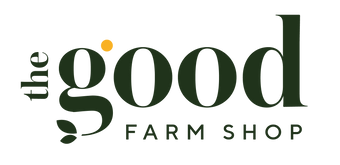


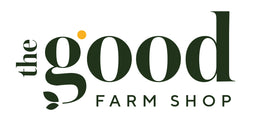
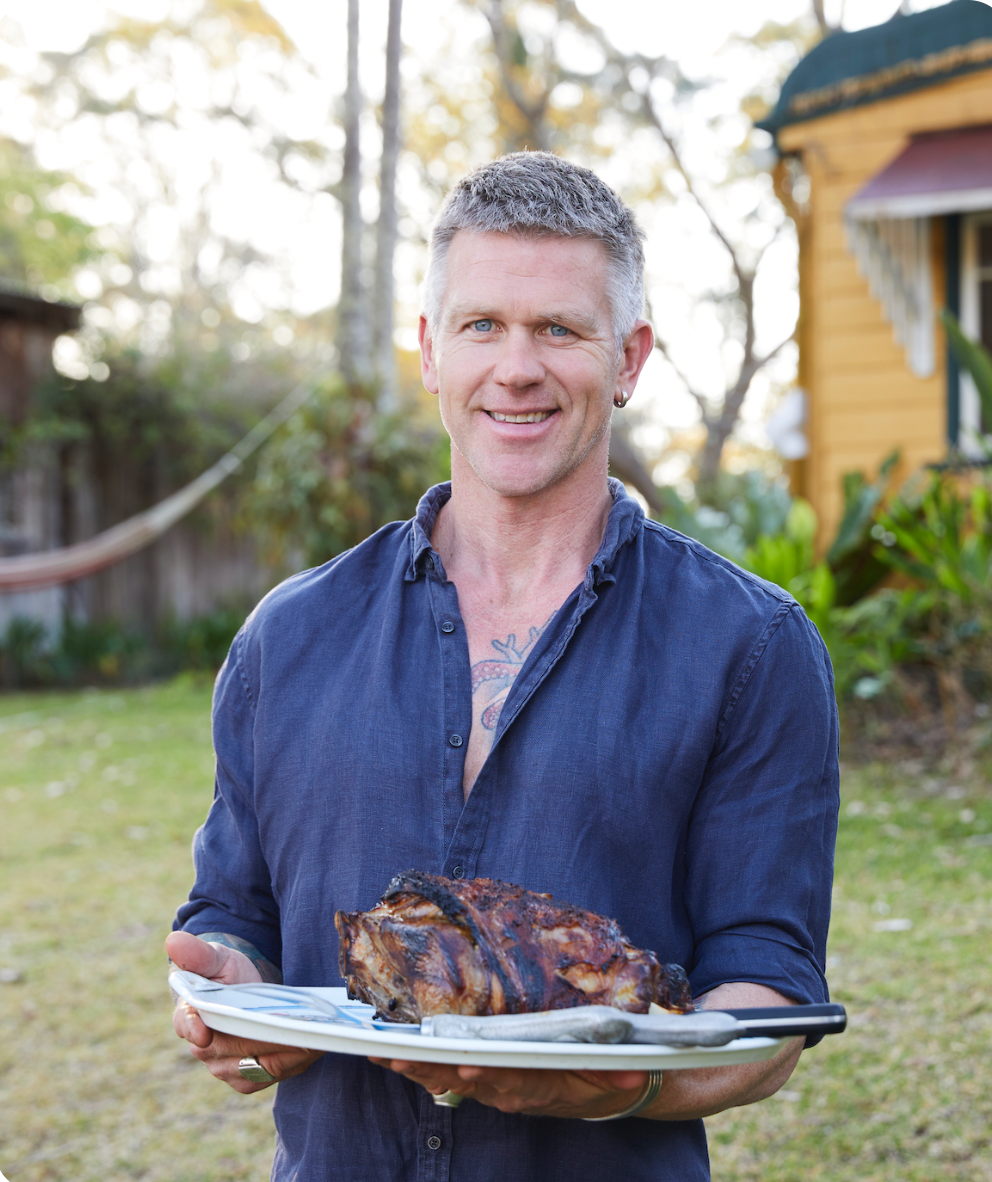
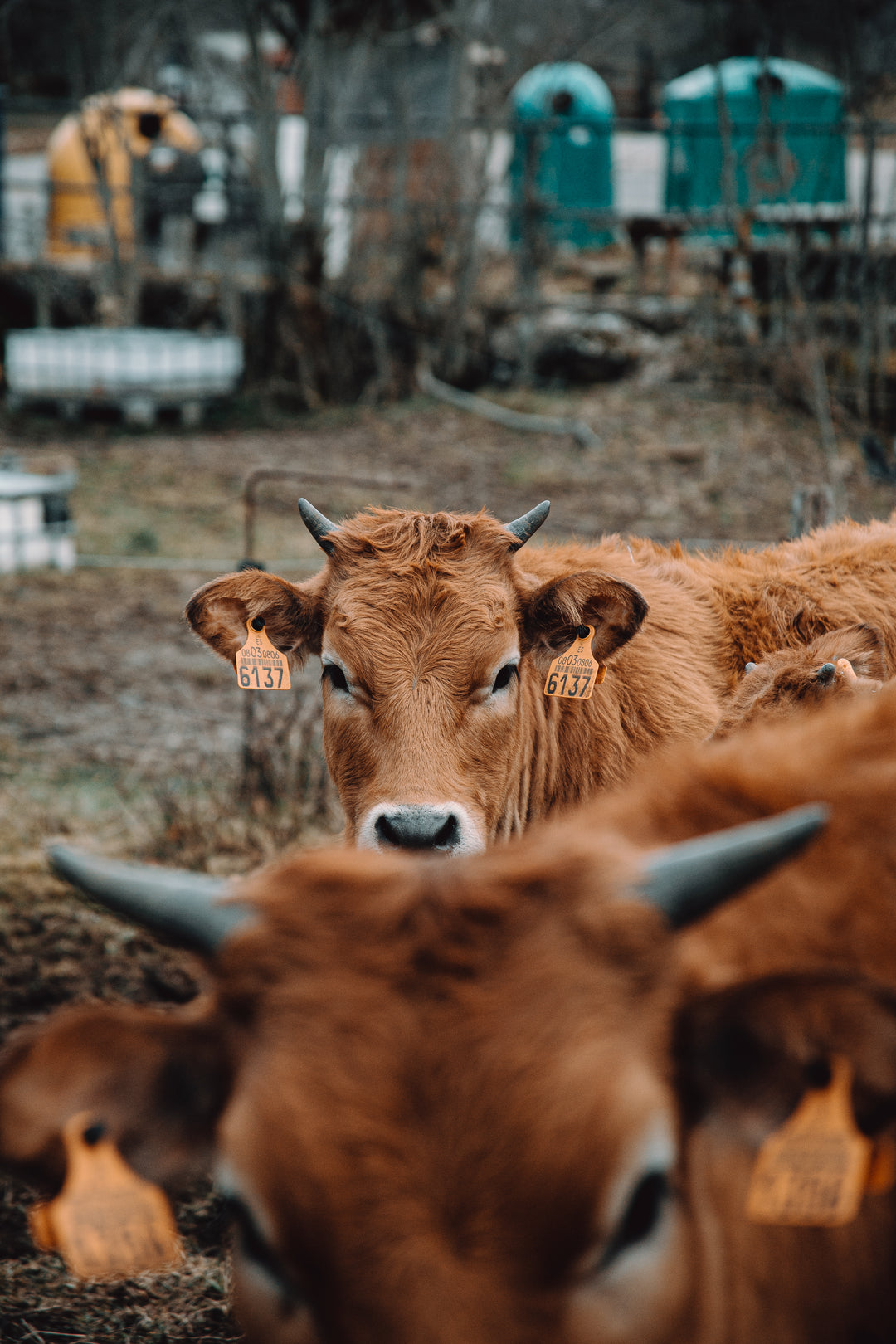
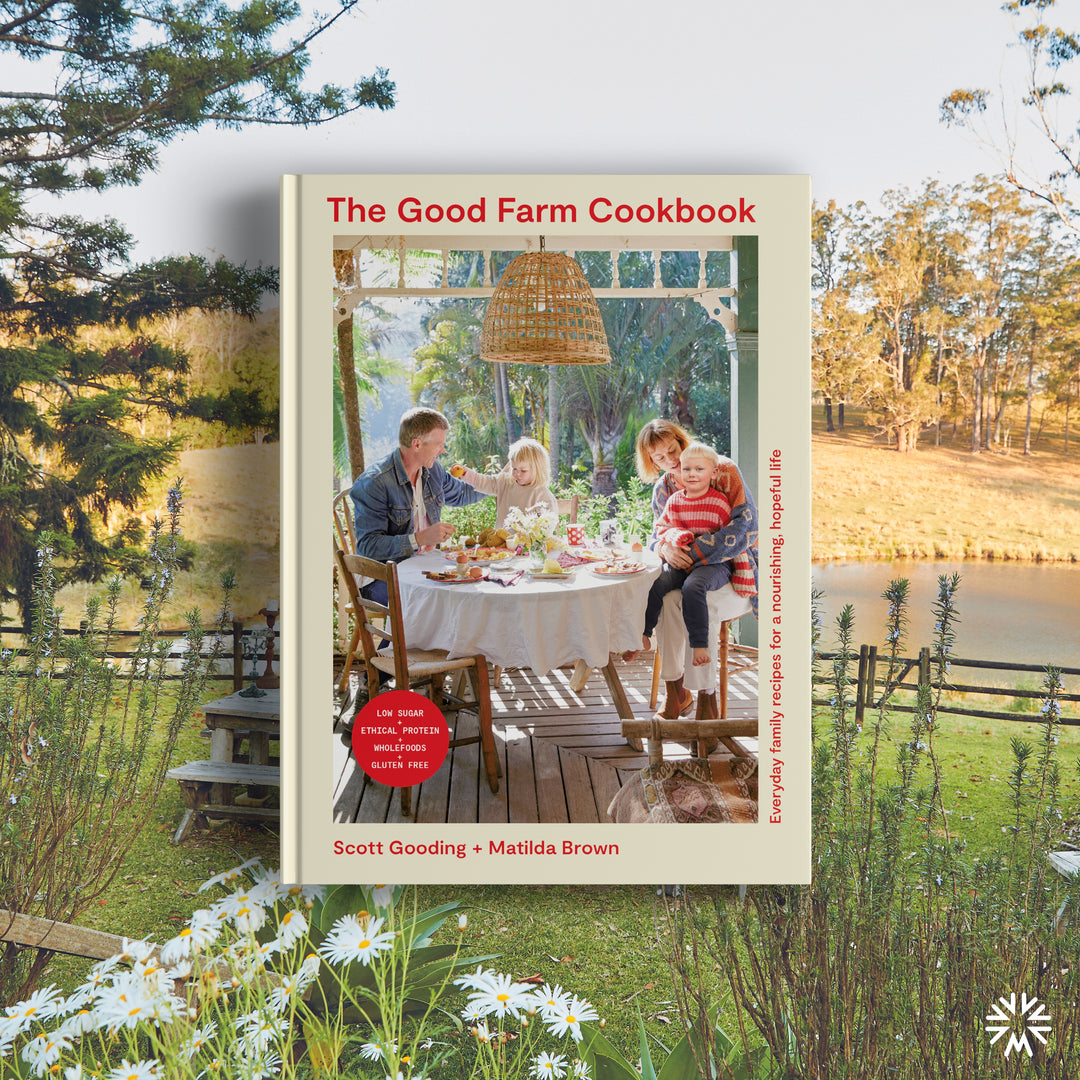
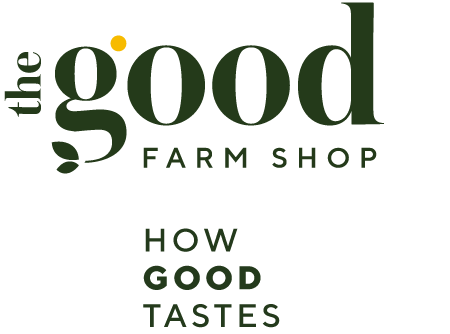
Leave a comment